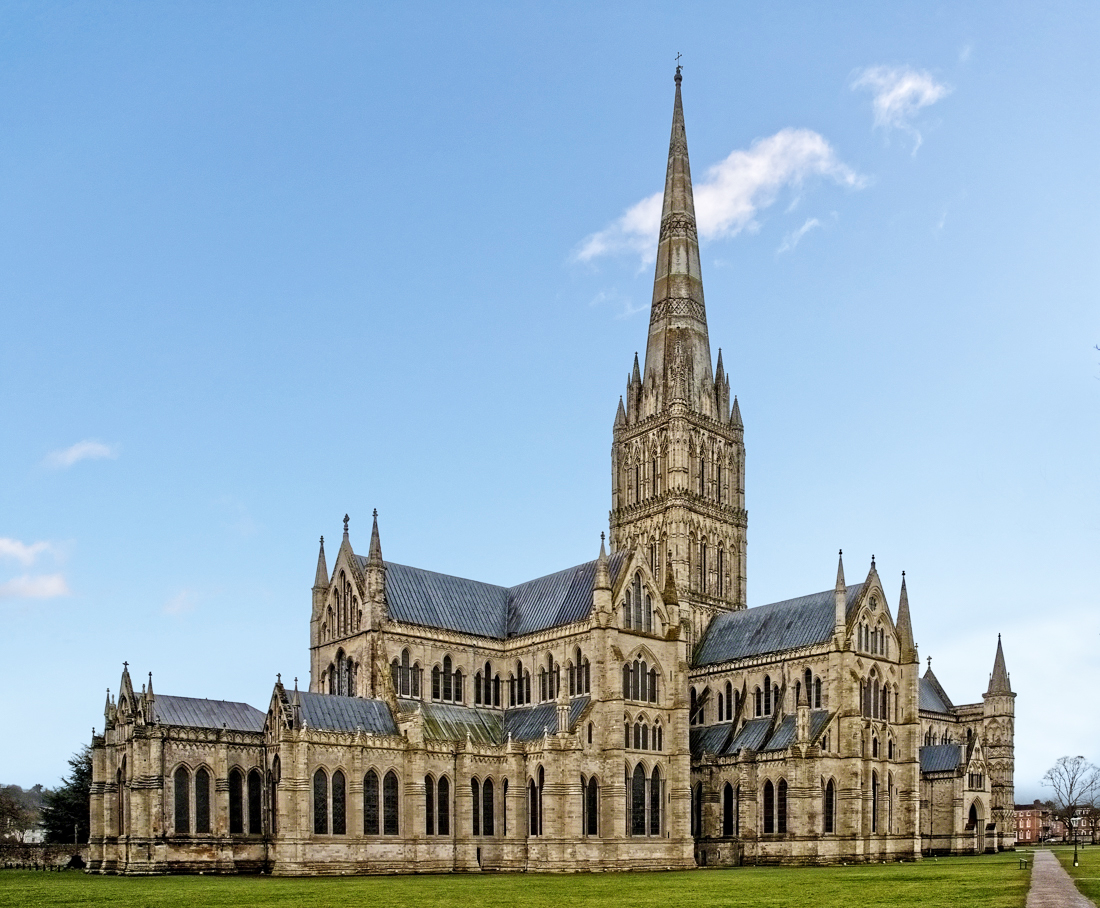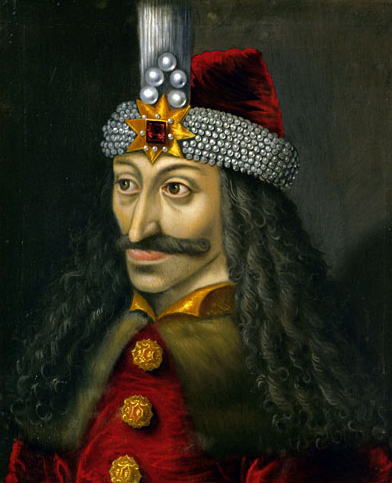Augustus
…
It didn't fall until Mehmed II/the Conqueror sacked it int he mid 15th century.
It never recovered from being sacked during the 4th Crusade which was basically the final nail in the coffin.
Welcome to Religious Forums, a friendly forum to discuss all religions in a friendly surrounding.
Your voice is missing! You will need to register to get access to the following site features:We hope to see you as a part of our community soon!
It didn't fall until Mehmed II/the Conqueror sacked it int he mid 15th century.
The 4th Crusade was a full two centuries before Constantinople fell to the Ottoman Empire, and Mehmed II a very tenacious Sultan. It being in the middle of "enemy territory" also made it likely to eventually fall regardless.It never recovered from being sacked during the 4th Crusade which was basically the final nail in the coffin.
That's only because they haven't seen the concrete tower blocks of the 20th and 21st centuries, lmao.It's the wonderful Salisbury Cathedral.
It's quite funny to think of some Renaissance fops looking at buildings like that the way we would look at some concrete tower block from the 1960s
The 4th Crusade was a full two centuries before Constantinople fell to the Ottoman Empire, and Mehmed II a very tenacious Sultan. It being in the middle of "enemy territory" also made it likely to eventually fall regardless.
That looks like Salisbury Cathedral. Is it?I personally cannot stand the Dark Ages/Renaissance/Enlightenment periodisation as it is hugely self-congratulatory on behalf of the later scholars who were basically saying 'look how great we are".
Also the "Renaissance" was in part a reaction to the "vulgarity" of Gothic styles like this monstrosity

People in the middle ages were generally fairly hygenic and washed fairly regularly.
Not quite Middle Ages...

Swords. Battles for honor.seems kinda broad... well, what do you find most interesting about it
Swords. Battles for honor.
In Central Europe, public land very much existed, but in many ways, we are looking at a situation that was very much the reverse of what we experience today: Today, the land that we use economically is owned privately, and public land is designated as non-usable generally; in post-Carolingian Central Europe it was typical for rural communities to hold most of the arable land in common, with usage of specific portions of the land typically left to individual farmholds to manage; forests and other non-arable land, meanwhile, was typically held by the lord of the land for their private usage - usually for hunting (although local communities were also allowed usage to some extent, such as allowing forest usage for the purpose of feeding pigs or collecting firewood to some).The biggest job of medieval spymasters was tracking salt. Any army or navy needed to move massive quantities of salt for food preservation, so big movements of salt was equivalent to moving large amounts of weapons today.
If you became a social outcast or exile and couldn't sneak around well, you were very likely to die during the winter because you could not preserve food to last, and public land wasn't really a thing. Most land good for game or arbor was owned by the church or king and you could be imprisoned or executed for hunting and gathering without permission.
The hermit life was mostly impossible, you had to rely on the king and church to get by. You had no other feasible option. This made for tight knit communities but also a lot of petty tribalism, and very little social mobility. Social outcasts had short, brutal lives.
It’s important to recognize that writing is one limited part of medicine. Even today, if you read a medical textbook assigned in a medical school, it won’t tell you much about what doctors do, because so much of their training is in their practica, their hands-on practice. In the same way, medieval medical texts don’t really tell us that much about what medieval doctors did. [...]
[T]he people who were writing these medical texts weren’t necessarily practicing doctors. These writers were typically known as physicians, which meant people who were educated about the intellectual aspects of medicine. Practitioners were a separate category, and in many cases not very well respected by physicians. So, we have a doubly difficult time understanding what medieval medicine was, because the people who practiced didn’t write about it, and the people who wrote about medicine thought practice was beneath them.
We have a lot of evidence that most medical treatment was dietary. The whole humoral approach to medicine meant that medical care was largely about the maintenance of good health, not about the treatment of disease. Our system of modern medicine is more interested in curing disease than preventing it, although that is something that a lot of medical professionals are trying to change. Medieval medicine is the opposite. Pharmacological texts, pharmacists’ receipts and inventory lists, and books of cures show a lot of thought being put into how to eat right for one’s own body, and how to correct that diet as new problems arise.
[...]
a lot of medieval dietary recommendations are also about how to use local herbs or other vegetation and when. Arabic texts often dictate diets based around really common ingredients like onions, garlic, and honey. Italian ones devote most of their page real estate to common herbs like sage and laurel. These are things that could easily be integrated into the daily meals of any person of any social stratum. It’s also important to recognize that these texts might not have been instructing these lower class people what to eat, so much as taking lower class eating habits and using them to instruct upper classes. When these texts do deal with curing ailments, it’s for things like persistent stomach troubles (have some cinnamon or cumin), and not so much cancer.
We have some indications that women were typically cared for by other women, and in the rare cases that women write about women’s bodies, they convey a much more sophisticated understanding of those bodily systems than standard medical texts do. For instance, Hildegard of Bingen’s Causes and Cures (written in twelfth-century Germany) devotes almost half of its page space to a detailed monthly calendar of the menstrual cycle.
[...]
These and other sources that more directly report what women were doing with their own and other women’s bodies, rather than men’s theoretical suppositions about female bodies, indicate a dedicated and systematic approach to women’s medicine, but it is still hard to access what women’s healthcare really looked like and what that meant for female quality of life.
Yep. The plague (and the beginning of the Little Ice Age) changed a lot. Fear makes people irrational and having one out of three people around you dying produces a lot of fear and irrationality.For most of the medieval period the church teaching was that witches didn't exist.
And the reformed were just as active in it as the RCC. (Except when the local Lord, Count, Earl or King prohibited it. There were times and areas were no witch trials were held.)The witch trials were mostly during the early modern period, post Reformation.
